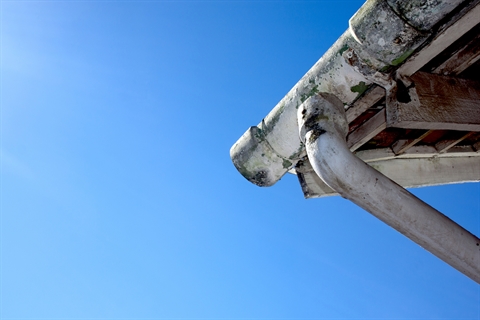Sarah Oliver
Melton and Moorabool residents are being asked to consider health risks associated with exposure to asbestos fibres and the presence of asbestos in homes during Asbestos Awareness Week.
The week has come at a significant time with the recent application by Cleanaway for permission to dispose of asbestos at the Ravenhall dump site, causing concern amongst the community.
New research by the Asbestos Safety Eradication Agency revealed a surge in DIY home improvements during the COVID-19 pandemic, which Chief Executive Justine Ross said has prompted concerns over an increase in asbestos exposure.
“For anyone who thinks asbestos-related diseases are a thing of the past, think again. Asbestos is still causing cancer in Australians,” Ms Ross said.
It is estimated that over six million tonnes of legacy asbestos (asbestos used prior to the 1990s) remains in homes across the country and, at the current rate of disposal, is likely to remain in significant amounts until at least 2060. It is in 1 in 3 homes nationwide.
The agency is using data-driven artificial intelligence to develop a national residential asbestos heatmap.
“This work is already underway and, once completed next year, it will allow governments to target awareness and removal programs where they are most needed, protecting homeowners and tradespeople,” Ms Ross said.
“It also means we can better target infrastructure and resources, such as waste disposal facilities, in areas that will need it most.
“While there is no safe level of exposure to asbestos fibres, with the right knowledge and tools, we can safely manage asbestos, and avoid exposure to its deadly fibres to prevent a new wave of suffering.
“We want to see Australians treat asbestos with the same caution as electricity. People working on homes built before 1990 can stay safe if they know where asbestos is, if they don’t disturb or damage it, and if they seek professional help to locate, manage or remove it.”







